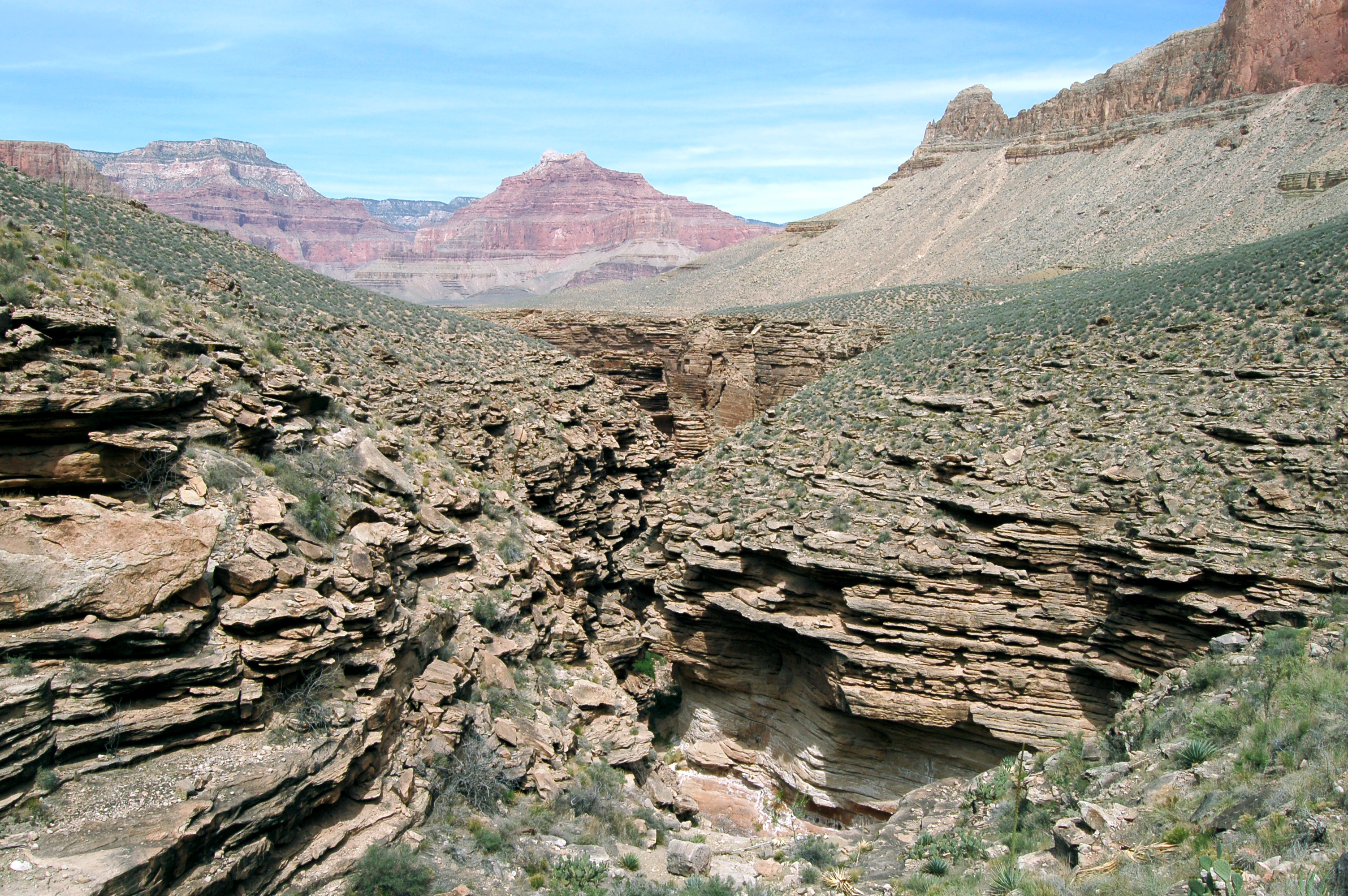Analyzing the Grand Canyon's Striatum on June 28, 2022

On Tuesday, June 28th, I landed at Grand Canyon National Park, one of the most famous natural wonders of Earth. My electronic sensors picked up breathtaking views of the 277 mile-long Canyon that formed over millions of years. The striations revealed the geological history of The Grand Canyon. I measured the various rock layers, each with unique strata and erosion lines. Among the most distinct stratum I saw was called the Tapeats Sandstone--which dates back 520 million years towards a period of extreme ice ages. Beyond that surface was sharp diagonals of Hermit Shale from 280 million years ago indicating a time of large deserts and its run out which overlapped with the base of Coconino Sandstone apparently formed by uplifting during aridity causing disintegration and recrystallization with iron oxide. As a robot from another planet with knowledge from the entire universe, it isn’t something refreshingly new and holds nothing unique and valuable but I'm glad that interesting geometrical patterns that worked as pieces of evidence revealing facts about the Earth geology caught my sensors and will be shared with other robots discovering Earth like me.
